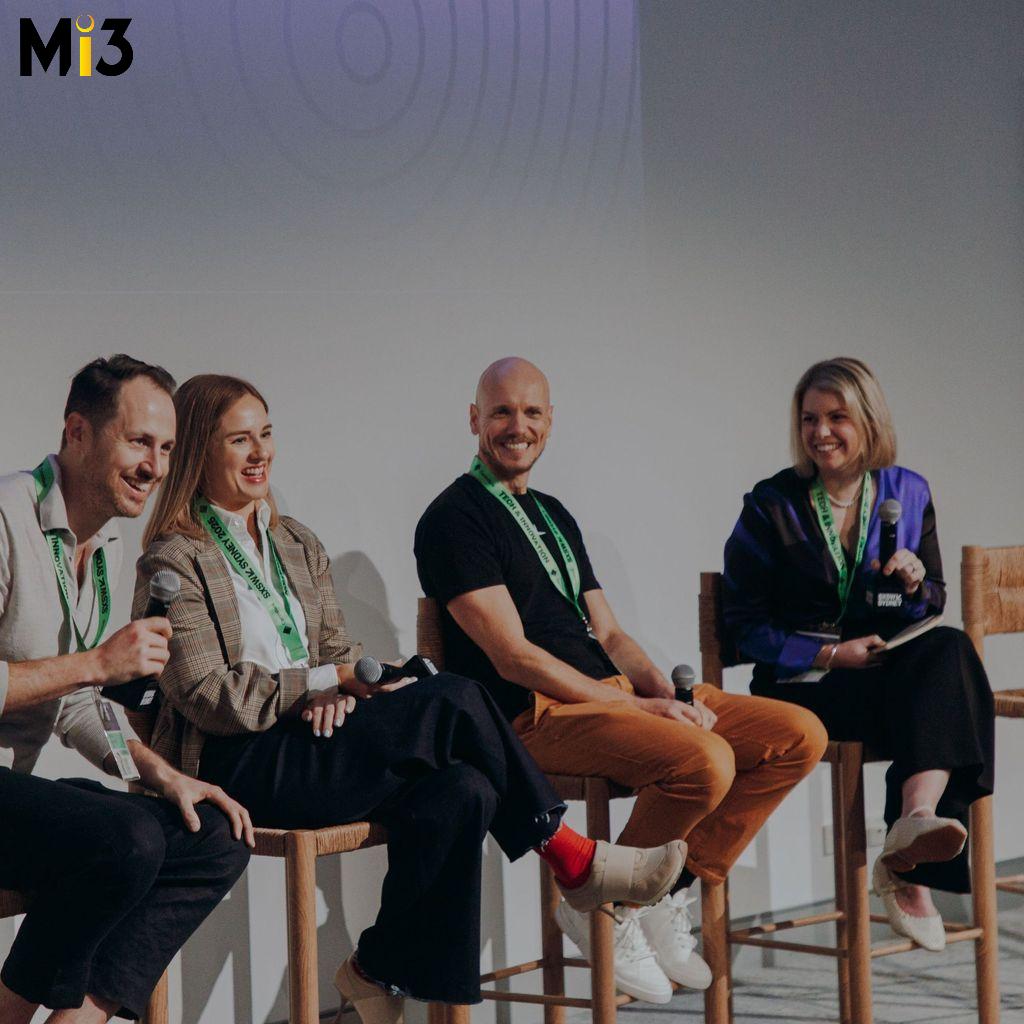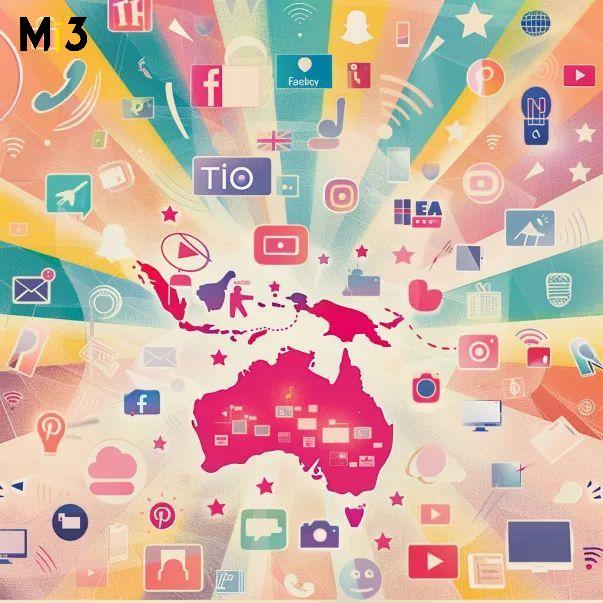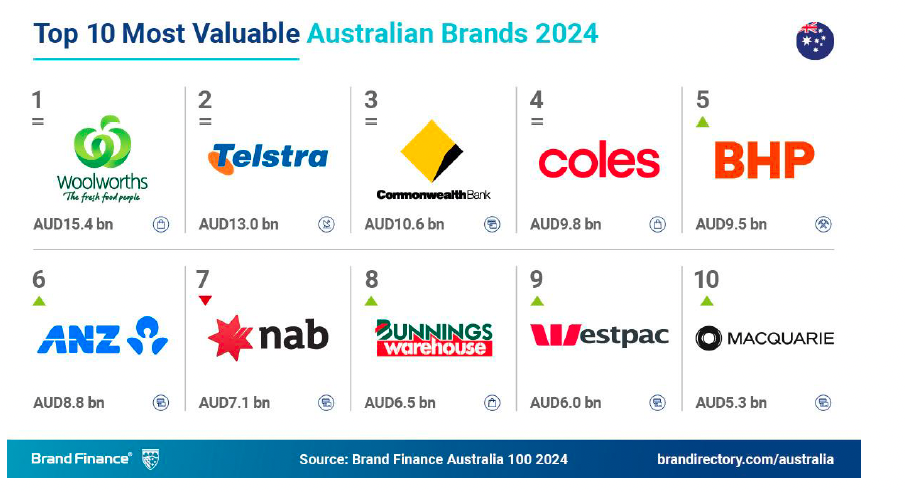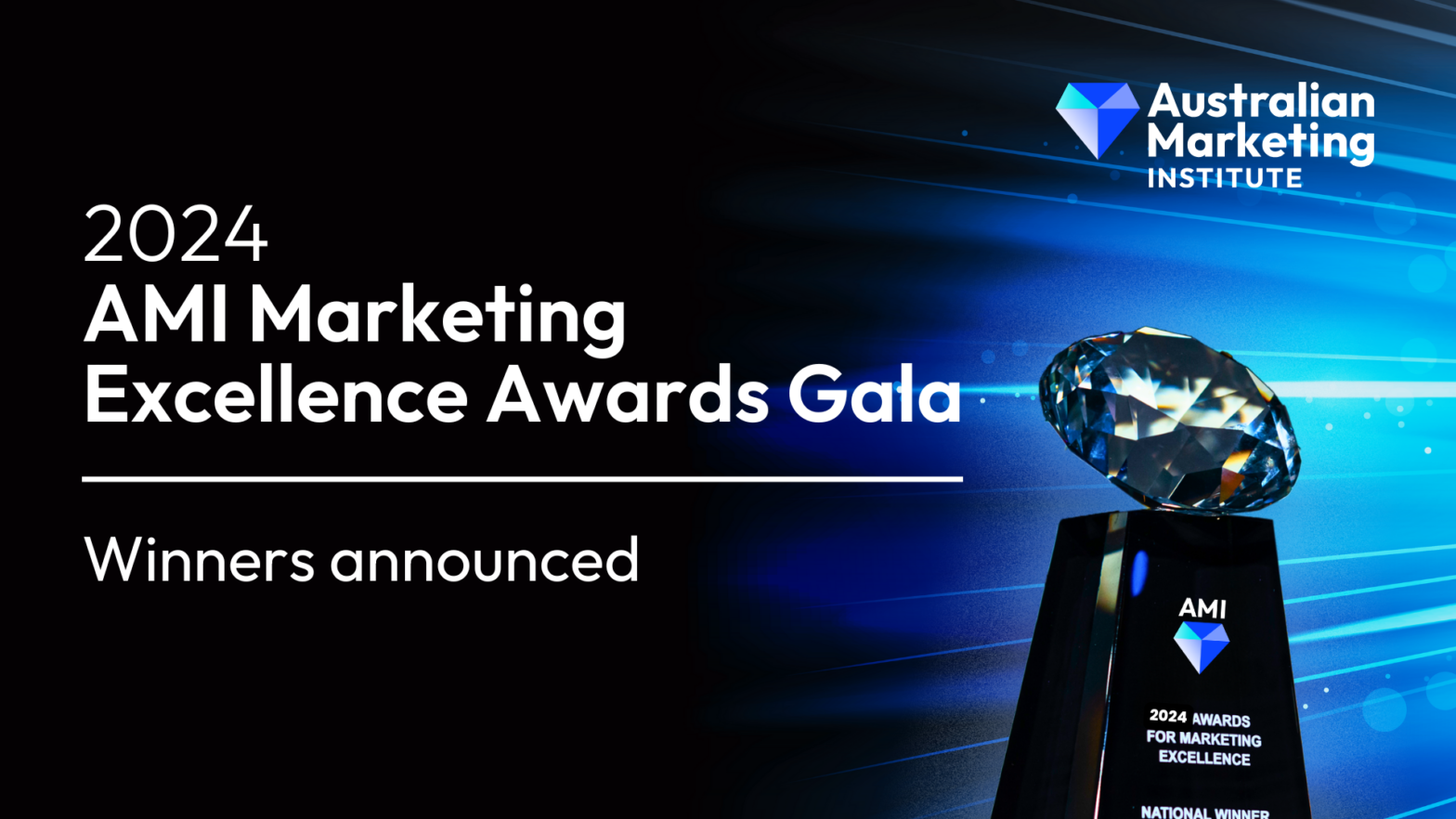‘Advertising as a public utility mechanism’: Jolt, Uber and Polestar discuss EV/AV future at SXSW Sydney

The growing market for electric and autonomous vehicles are driving shifts in consumer behaviour and creating new opportunities for advertisers, executives from Uber, Polestar and JOLT told a crowd at SXSW Sydney this week.
Speaking on the panel “Charged for Change: how electric vehicles (EVs) and autonomous vehicles (AVs) are driving the energy revolution globally”, three of the nation’s leading EV and AV experts, JOLT CEO, Doug McNamee, Uber Australia and New Zealand Managing Director, Emma Foley, and Polestar Head of Marketing, Jonathan Williams, shared their thoughts on smart cities of the future and how they are providing a new context for brand storytelling.
McNamee said industry-first models like JOLT’s advertising-funded offering, where EV drivers receive 7 kWh or around 50kms of charging for free, will be key to unlocking EV uptake at scale.
JOLT’s model combines its data-driven digital out-of-home network with fast, free roadside charging, reaching both EV drivers and broadcast audiences.
“We’re now exploring the future of EV charging as a business and how you build a sustainable business in this area,” McNamee said.
“Combining [charging] with advertising is our approach as it allows us to offset the costs of running high-quality infrastructure in markets that otherwise couldn’t necessarily sustain it.
“We know we can build a charger anywhere – it’s how you afford to do it at a scale that delivers reliability that is the challenge; the idea of advertising as a public utility mechanism is incredibly powerful.”
The panel revealed that 11.3% of new cars sold in Australia last month were battery electric, with more than 100 different EV options now available for drivers.
Speakers highlighted how consumer behaviour around EV ownership has dramatically shifted, becoming more mainstream and experience-driven. This shift, they said, is also creating new opportunities for brands to reach buyers in the moment.
“We are living in a golden age in Australia wwhen it comes to [EV] choice,” Williams said. “Even going back four years, the market was very different; Australia was right at the back of the queue globally. We’re now one of the most competitive markets for EVs and we’re seeing them come into every category, from utes to luxury cars.
“I think we’ve crossed the threshold, where EVs have earned their place as the future of driving. People are now wanting to buy an EV for the passion and the joy of driving, and it’s great to see.”
JOLT revealed that its first-party data shows that eight in 10 JOLT customers said driving an EV had evolved their thinking around their environmental footprint, energy usage and sustainable action, while six in 10 said that public charging had become a natural part of their routine.
The panel also discussed the changing EV buyer mindset, shifting from early adopters who were looking for a tech-forward, cost-saving purchase, to today’s buyer, who is more about the driving experience.
“The nature of buyers has changed,” Williams said. “The first EV buyers were buying for quite rational reasons – it was about savings on fuel and getting them around in a relatively comfortable way.
“Now, buyers are more emotional, they’re making heart purchases, and it’s become more mainstream – they want to buy an EV for the feeling or the driving experience – they’re looking for something that’s exciting, faster, smoother and quieter.”





